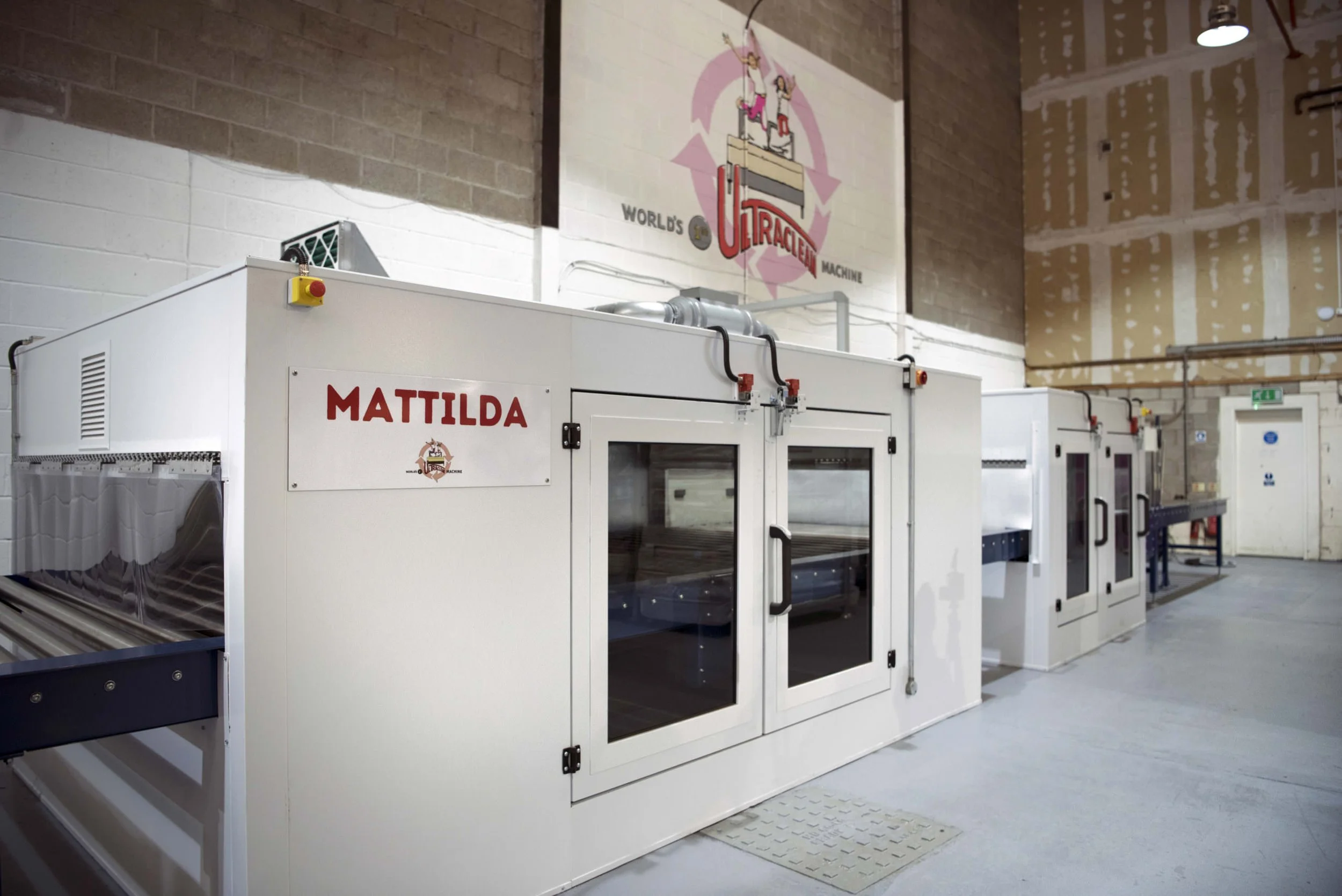Butters Innovation: A new approach opens doors for grassroots innovation
The Vitality Bench was co-designed with VOICE in Newcastle-Upon-Tyne – a large group of people over retirement age who review services and products designed for older communities. We identified all the aspects of street furniture that were not liked by the group and the new design provided a range of features that made it easier and more comfortable to use, install and maintain.
Since 1988, Liverpool-based designer and innovator Jonathan Butters has been deeply involved in shaping the city’s innovation scene. He has grown a business – and intentionally shrunk and rewired that business – taught scores of the city’s product designers and won international awards for his designs.
“Ultimately, innovation is a people-to-people activity,” says Jonathan. It needs people to join the dots, with an eye on the future, not just a ‘rear-view mirror’ on past data.
His oversight of the regional innovation ecosystem is based on decades of insights – in Novel, he found a place to explore, advance and collaborate within an emerging business-led ecosystem.
The challenge
Over the years, Jonathan has watched the same pattern repeat: large research institutions dominating the picture of the ‘innovation ecosystem’, while the micro-businesses delivering innovation every day are barely recognised.
On ecosystem maps, these firms are bundled together with other SMEs, despite creating award-winning, world-first products – like the mattress cleaning machine he developed for the Furniture Resource Centre, which won both national and local innovation awards.
The barriers weren’t technical. “They were about visibility, credibility and connection,” says Jonathan. “Innovators within micro-businesses and small agencies struggle to be seen by the big players, which stunts access to money, support – and clients.” The reason for this is structural: the economic impact of micro-innovators is recorded on their clients’ balance sheets, not their own, so their contribution is overlooked in strategic planning and investment decisions, leaving them locked out of opportunities.
The top-down approach was exacerbated by a lack of formal referral mechanisms to pass on work when a research centre couldn’t take it on. And the overall culture leaned towards playing safe, shutting out fresh thinking from people with cross-sector experience.
What changed?
Engaging with the Novel programme proved a turning point. Hosted by the Virtual Engineering Centre (VEC) within the University of Liverpool, Novel provided a refreshingly open space where discussions weren’t pre-scripted or hidden behind agendas. “It wasn’t a parade of ‘talking heads’,” he says – or a networking event dominated by sales pitches. “It was a place for genuine exchange, for critique rather than criticism and for welcoming people from inside and outside the region who could bring fresh perspectives.”
Through Novel, Jonathan found the confidence to be more adventurous in his approach to opportunities. The programme’s culture of openness and collaboration encouraged him to reposition the business not just as a hands-on designer, but as a strategic partner. This led directly to Butters Innovation winning significant work through a contact from Novel: an introduction to an international client project, where they beat established automotive suppliers. A second client emerged through the decision to support a start-up’s new design team, offering strategic guidance that accelerated the company’s progress – sparked by insights gained at Novel.
“It wasn’t a parade
of ‘talking heads’,
it was a place for
genuine exchange.”
Mattilda, the world’s first mattress cleaning machine for Liverpool’s FRC Group. An 18m long system for delivering UltraClean® mattresses back into use with restored flame retardancy. Mattilda won a National Recycling award and an LCR Innovation award.
We developed an innovative approach to help women recover after giving birth through C-Section. The underwear has a soft, moulded, ventilated foam panel that fits all women from size 6 to size 26. The panel is stitched into various ranges of briefs sold by Zephyr Ease in London.
Importantly, Novel gave Jonathan a platform to raise structural issues, like the absence of a referral system, and governance of the publicly-funded providers. By highlighting the lost opportunities when work “falls off the edge” of institutional capacity, Jonathan started conversations about how to join up networks more effectively. The connections forged through Novel weren’t just transactional; they created lasting relationships across a cohort of businesses, creating cross-sector expertise that is the lifeblood of innovation.
Talking points
• Innovation ecosystems grow from the ground up; it isn’t built solely by institutions
• Micro-businesses deliver disproportionate impact, even if their turnover appears small
• Visibility and credibility are essential for winning high-value opportunities
• Local networks need better referral and signposting systems
• A culture of critique, not just validation, drives better innovation outcomes
• Innovation is a people-to-people activity
• Businesses should keep a ‘windscreen view’ on the future, not just a ‘rear-view mirror’ on past data
Impact
From feeling like an overlooked micro-business, Butters Innovation is back to winning international contracts, influencing how Liverpool’s innovation networks operate and shaping strategies for start-ups. More than just a professional boost, Novel gave Jonathan a renewed confidence to push for structural change and to position himself where his experience delivers the greatest impact.
“You need visibility and you need credibility,” he says. “Novel gave me both – and the confidence to be more adventurous. It wasn’t playing safe. It was about opening the door, letting in a few wild cards and seeing where the ideas take us.”
ROC Band – Radial Optimal Compression – for Manchester’s Cormed Ltd. This easy-to-use medical device applies a controlled amount of pressure over the patient’s wrist after an arterial catheter has been removed. The device is designed to allow checking of radial artery flow so that the site is not over compressed, which can result in arterial damage or loss.





